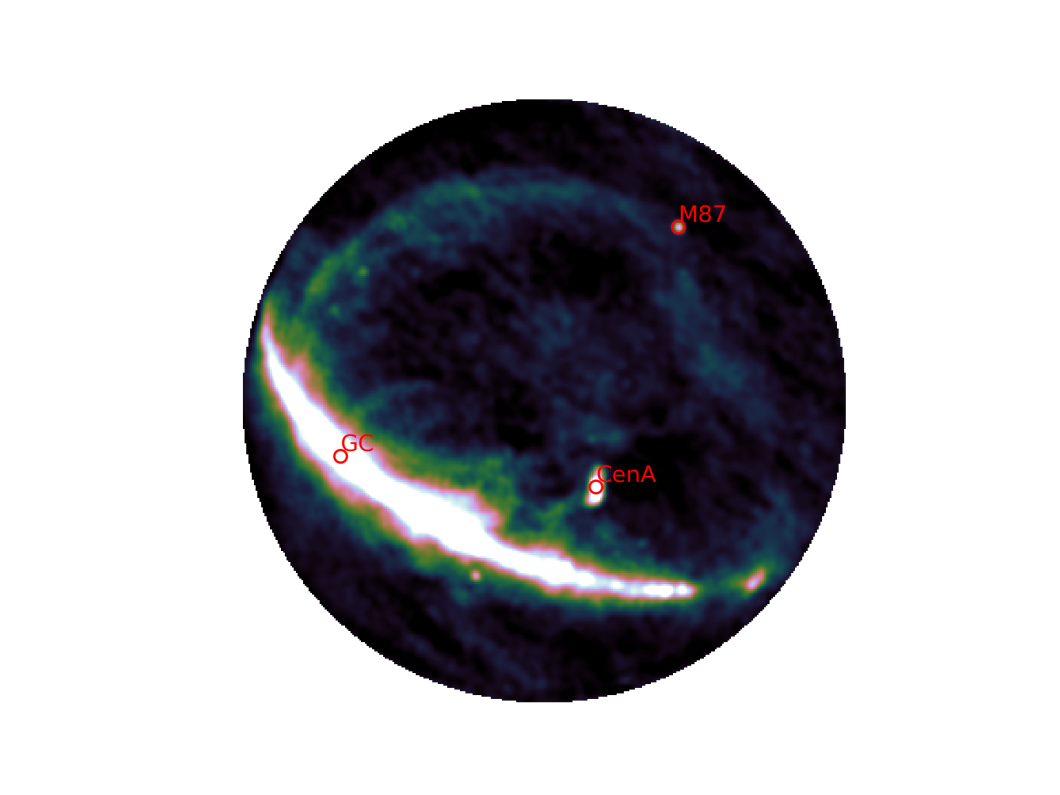First image released from one SKA-Low station

The completion of a station means not only assembling and installing the 256 antennas, but also integrating them with all the computing systems behind them.
The video shows a 24-hour observation, with the Milky Way rising and passing overhead during the night time hours. Some other bright radio sources are marked, including the galaxies Centaurus A and M87, and the Sun is also visible during the day. It demonstrates the high sensitivity of a single station, the stability of the current system, and the ease of producing an image, which required relatively little processing.
The first SKA-Low antenna was installed in March. As of August 2024, antennas at four of the telescope’s 512 stations have been built, meaning more than 1,000 of its two-metre-tall antennas have been assembled and installed by field technicians on site. The telescope will eventually comprise 131,072 antennas when complete, spread across 512 stations. Italy's SIRIO Antenne was awarded the contract to manufacture the first 77,000 antennas for SKA-Low.
In Australia, the SKAO is partnering with CSIRO, Australia’s national science agency, to build and operate the SKA-Low telescope.
This data was obtained at Inyarrimanha Ilgari Bundara, the CSIRO Murchison Radio-astronomy Observatory. We acknowledge the Wajarri Yamaji as the Traditional Owners and Native Title Holders of the observatory site, where SKA-Low is being built.




